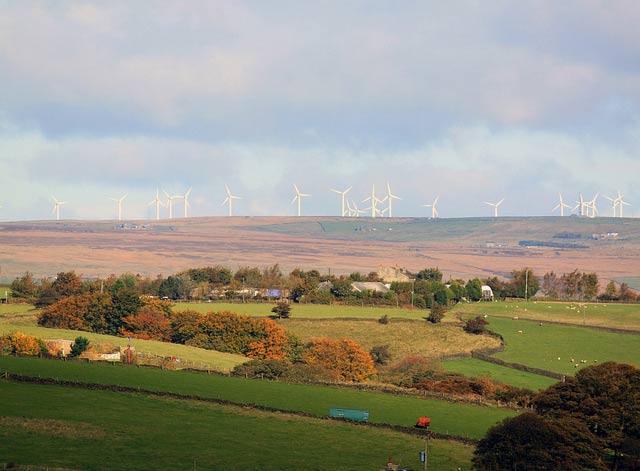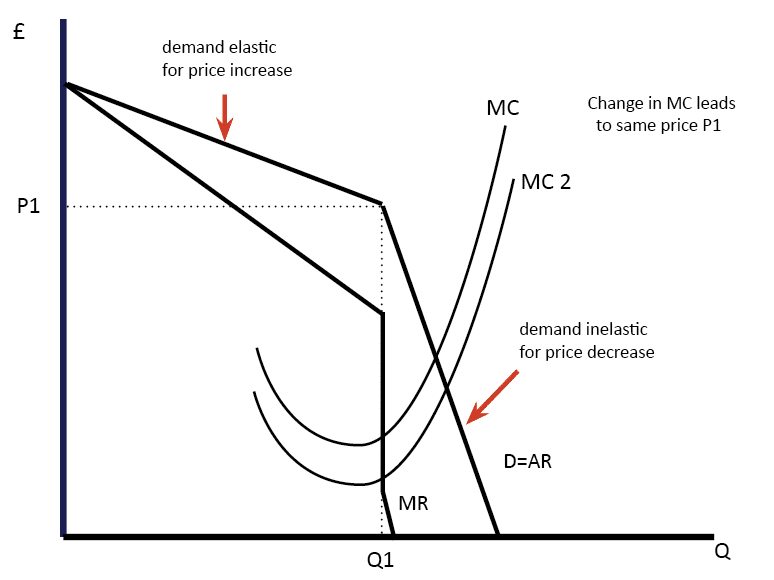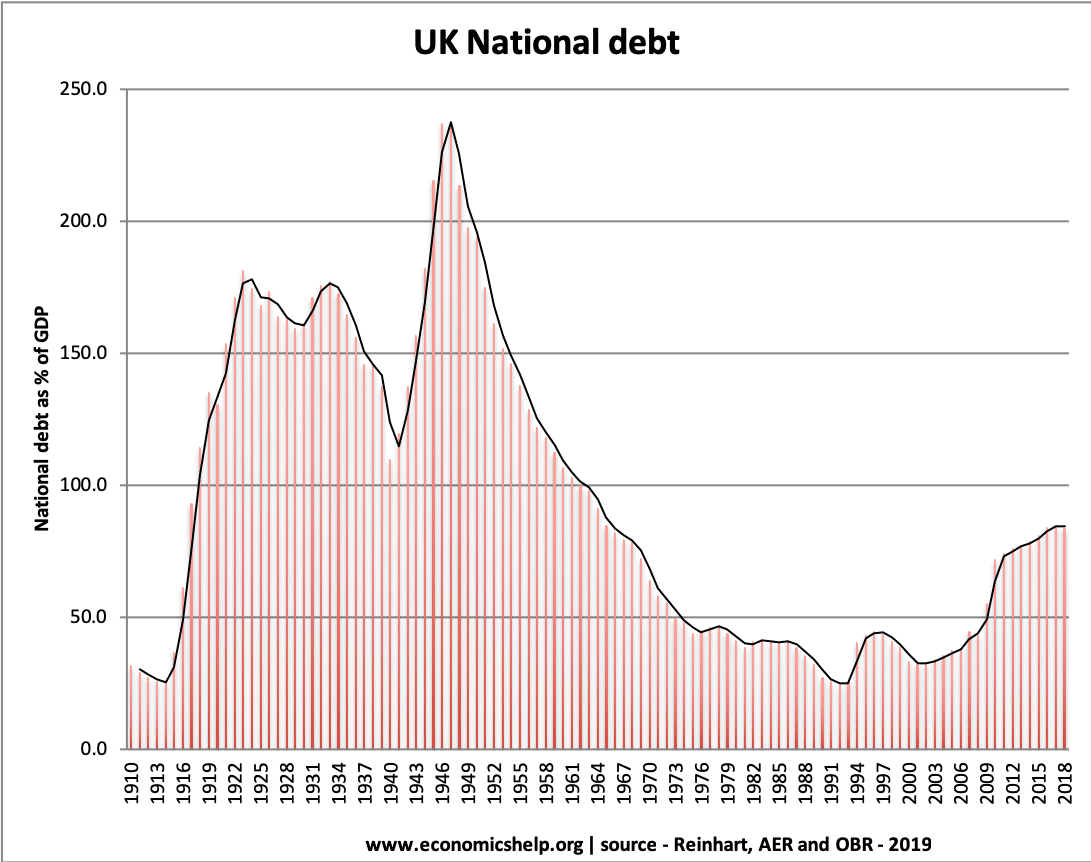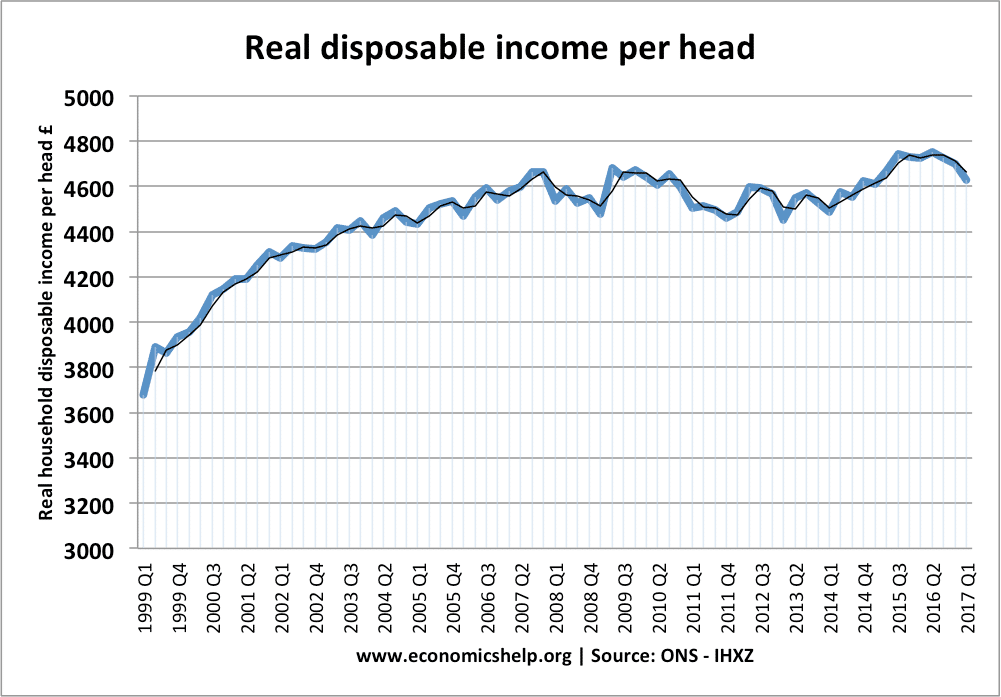Why does capitalism cause monopoly?
Readers question: Firstly, I wholeheartedly praise the magnificent work done by you in exhibiting economic knowledge and demystifying it to us, the mediocre audience. I seriously question one fact that you presented about capitalism and how it “inevitably causes monopoly”. I grew really surprised and perplexed the moment I read that in “The problems of …




